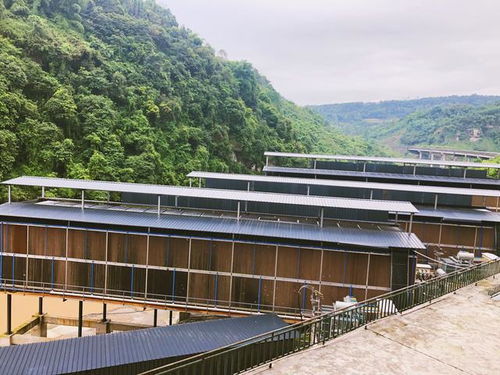In the ever-evolving landscape of cryptocurrency mining, where innovation meets opportunity, evaluating hardware like Iceriver’s offerings becomes crucial for those venturing into hosting services. Iceriver Mining Hardware stands out as a beacon of efficiency, designed specifically to optimize operations in data centers and remote facilities. Picture this: a world where Bitcoin’s blockchain hums with relentless activity, powered by machines that not only mine but also sustain networks like Ethereum and Dogecoin. As experts delve deeper, the allure of Iceriver’s technology lies in its seamless integration with hosting services, promising miners enhanced profitability and sustainability.
At the heart of this evaluation is Iceriver’s commitment to cutting-edge engineering. These mining machines boast advanced ASIC chips that deliver unparalleled hash rates, making them ideal for the high-stakes environment of Bitcoin mining. But it’s not just about BTC; the versatility extends to altcoins like ETH and DOG, where proof-of-stake transitions and meme-driven surges demand adaptive hardware. Hosting these rigs in professional mining farms amplifies their potential, turning individual miners into part of a larger, more resilient ecosystem. Imagine the thrill of watching your investments yield returns as the global crypto market fluctuates wildly—yet your setup remains steady, thanks to Iceriver’s robust design.
Delving into the specifics, Iceriver’s hardware excels in energy efficiency, a critical factor in today’s eco-conscious mining world. With rising electricity costs and environmental scrutiny, these machines minimize waste while maximizing output, perfect for hosting in dedicated facilities. Whether you’re dealing with a sprawling mining farm buzzing with hundreds of rigs or a compact setup for personal miners, the adaptability is striking. For Bitcoin enthusiasts, this means sustaining the network’s security without astronomical expenses, while ETH holders can explore the hardware’s compatibility with GPU alternatives. Even Dogecoin, with its community-driven ethos, benefits from such reliable tools, fostering a diverse portfolio that hedges against market volatility.

Now, let’s talk hosting services—a game-changer for newcomers and veterans alike. By outsourcing to specialized providers, users can leverage Iceriver’s mining rigs without the hassle of maintenance or cooling systems. This model thrives in mining farms where scalability is key; think vast warehouses filled with synchronized miners, all optimized for currencies like BTC, ETH, and DOG. The burst of activity during bull runs, such as Ethereum’s upgrades or Dogecoin’s viral moments, demands hardware that doesn’t falter. Experts rave about Iceriver’s reliability, noting how it reduces downtime and enhances uptime, ensuring that every hash computed translates to real-world gains on exchanges.
Of course, no evaluation is complete without addressing the challenges. While Iceriver shines in performance, the initial investment can be steep, especially for solo miners eyeing Bitcoin’s competitive landscape. Competition from other brands intensifies, yet Iceriver’s edge in hosting compatibility sets it apart, particularly for ETH’s evolving ecosystem. Picture this scenario: a mining rig failure during a DOG price spike could mean missed opportunities, but with proper hosting, such risks diminish. The diversity in cryptocurrency markets—spanning BTC’s stability, ETH’s innovation, and DOG’s unpredictability—means that flexible hardware like Iceriver’s is not just an asset, but a necessity.
From an expert’s viewpoint, the future of Iceriver in hosting services looks promising, especially as regulatory landscapes evolve. Governments worldwide are scrutinizing crypto mining’s environmental impact, pushing for greener solutions that Iceriver anticipates with its energy-efficient designs. For mining farms, this translates to long-term viability, allowing operators to host rigs for BTC, ETH, and beyond without fear of obsolescence. Miners, whether institutional or hobbyists, can revel in the rhythm of the market’s ups and downs, armed with hardware that adapts swiftly. It’s a thrilling ride, full of potential pitfalls and triumphs, where the right tools make all the difference.

In conclusion, evaluating Iceriver Mining Hardware for hosting services reveals a tapestry of innovation, efficiency, and opportunity in the crypto realm. From Bitcoin’s foundational strength to Ethereum’s dynamic shifts and Dogecoin’s whimsical surges, this hardware bridges the gap between ambition and achievement. As the industry matures, those who embrace such tools will find themselves at the forefront, ready to navigate the unpredictable waves of digital currencies and exchanges. Whether you’re setting up a personal miner or managing a vast mining farm, Iceriver offers the insights and capabilities to thrive in this electrifying domain.






















